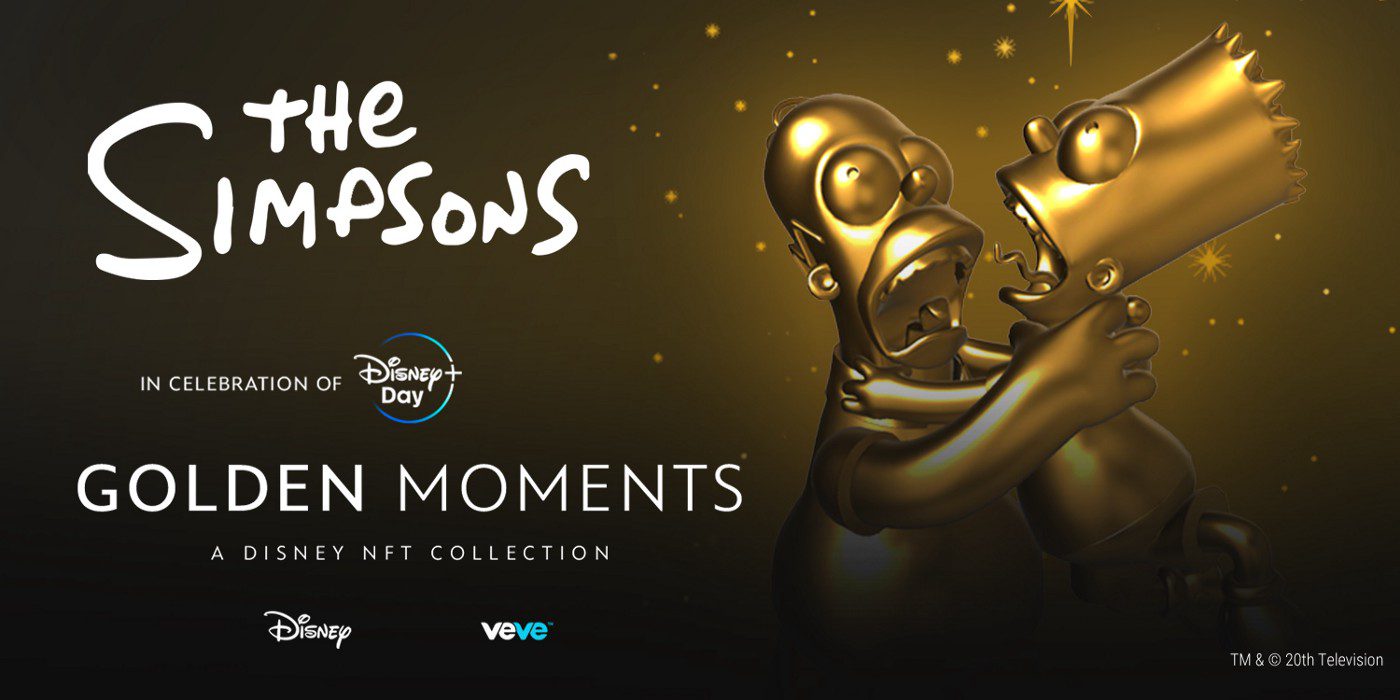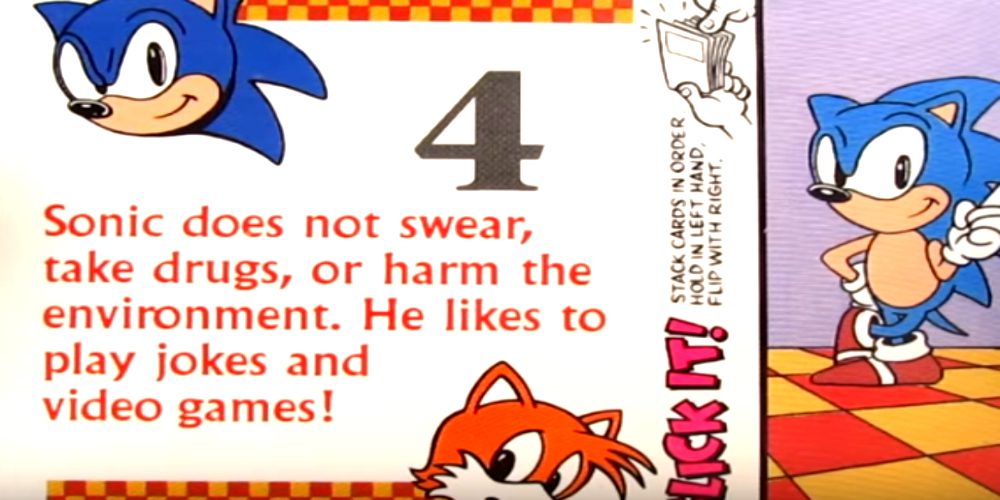Publishers are looking into making NFT games. What does that even mean?
To really understand NFTs (Non-Fungible Tokens), and cryptocurrency in general, you need to travel to a crossroad between computer science and experimental economic theory. It’s a dry place. Most people don’t want to go there, and they aren’t alone.
Valve has barred any game that uses NFTs from Steam. The Video Game Awards is seemingly doing the same for their show in 2021. The head of Xbox, Phil Spencer, says they sometimes feel “…more exploitive than about entertainment.” Alex Stamos, former chief information officer of Yahoo and Facebook, says NFTs are “mostly scams.”
None of that has stopped big names like Sega and Ubisoft voicing interest in some kind of crypto-infused games. If and when they do, they’ll be joining any number of massive corporations that have already jumped aboard the crypto-train.
But will they actually commit? That all depends on you. If you end up wanting games that feature NFTs, the big names will make them. Likewise, if you think NFTs are garbage and you refuse to put your money toward them, they will prove to be a passing fad in gaming, the art world, and everywhere else. In order to help you decide if you like the idea of NFTs or not, we’re going to take you to that sometimes confusing, boring place where money and computers meet, and we’re going to be as fun and exciting about it as we can.

So what is an NFT? In short, it’s a custom-made piece of money, visually represented by a digital image of a JPG, an in-game graphics file, or even a tweet.
Any image can be made into an NFT, which is part of what puzzles people about them. Why would a string of otherwise functionless code, attached to a jpg of a dog licking its own butt, be worth money? It’s a fair question, and the only answer is “because the crypto community decided that it is.”
That’s actually why all money has value. We, as a society, decided that we would use dollars and cents as receipts to symbolize the value of services we provide and/or things we possess. In theory, the government regulates the exchange of those receipts to keep things fair. They process and print these receipts themselves through their treasury departments, which is something they take very seriously.
But historically, not everyone likes the way they do it.

If you don’t trust the government to do a good job overseeing all that — or if you want to do some crimes for money that you don’t want the government to know about — then cryptocurrency will appeal to you. In the U.S. of A., this has been true since the country was founded.
In the mid-1800s, Emperor Norton The First, the federal-government-hating, self-proclaimed ruler of the USA, actually printed his own “Norton Bucks.” Some stores actually accepted them as currency too, because, like cryptocurrencies of today, they decided to. Today, a Norton Buck may go for $10,000 on the resale market.
Why? Again, because someone decided to ascribe value to them. It’s the same with people who sell real estate, fine art, or old video games. All three have proven to be attractive methods of money laundering and other illegal activity. Cryptocurrency is no different.

[Image Credit: fotomek]
When crypto first got started, it was largely used in exchange for things that people didn’t want the government to know about. We’re talking about sex trafficking, drug dealing, and assassination. That dark reputation helped push crypto’s value down for a long time, but over the years, more and more mainstream institutions are supporting cryptocurrency. Both Norton Bucks and Bitcoin are worth a lot more than they used to be, and there’s no end to that trend in sight.
Not everyone sees that as a good thing. Critics will be quick to tell you how terrible crypto is for the environment. That’s because of how most crypto is “minted.”
With NFTs, the process involves finding a piece of art you like (and hopefully own), using a website to fuse the image to a form of cryptocurrency, and presto change-o, you just made yourself your own digital dollar, a token that cannot be interchanged with another good or asset of like kind, or “funged.” That process doesn’t take a lot of energy, but with no government oversight to prevent counterfeiting, crypto needs a verification process all its own. To do this, more cryptocurrencies use a “Proof-of-Work Blockchain” system to constantly check the validity of the coin’s exchange history. These checks require constant networking between multiple computer servers.

One exchange of an NFT using Ethereum (the most commonly used cryptocurrency for NFTs) required the same amount of energy as several thousand Visa card transactions. As of earlier this year, Bitcoin alone was using more energy than all of Argentina. That energy has to come from somewhere, and it’s not always clean.
Ironically enough, almost no energy has been put into making sure that the artwork attached to an NFT hasn’t been stolen. If someone grabs a tweet you made, a selfie you posted, or a piece of art you uploaded online and turns it into an NFT, you’re not going to have an easy time stopping them. Here’s a recent example. And another. And another! And another!! And another!!! And what the heck are you doing Quentin Tarantino?!
In the world of physical art sales, where ownership is tied to possession of limited production items, this kind of thing wouldn’t happen. But in the unregulated “wild west” of digital currency, the laws are murky, and the rights of artists often come second to the priorities of the investor.

So instead of scarcity, an NFT’s value seems to be weaved from its subjectively determined level of “coolness” and the massive amount of computing power that it needs to function. That’s been hugely beneficial to those who are resource-poor but willing to hook up with a crypto miner to get NFT rich, at least for now.
In Ghana and the Philippines, playing an NFT-based Pokémon-esque game called Axie Infinity can pay better than most full-time jobs. It’s downright dystopian, but here we are. In some parts of the world, trading, selling, and mining in-game collectible NFT cat monsters and cashing them out for real money is a safer career choice than becoming a school teacher. Of course, this isn’t new. People have been making living off WoW gold farming rackets for over a decade. What’s different is, NFTs have a bridge to the larger cryptocurrency world, one of investment bankers and billionaires.
This is the kind of game we may see major publishers jump on sooner rather than later. Games where you, the player, won’t necessarily have to buy an NFT to play, but you may be asked to play a game where you “mint” some.
Ubisoft may make a game where you grow your own Rabbids NFTs. Sega could make a Chao-farming NFT game. Their stats and value may improve as you play, and unlike with most games, you could then say to yourself “I didn’t just waste an hour playing a video game. I actually made some money.” Valve may not carry these games, but Epic will, and they probably won’t be the last.

But if the NFT you minted uses “Proof-of-Work Blockchain,” as opposed to another less energy-intensive verification system — or that energy isn’t solely coming from solar power or some other clean system — then is that ethical? And is it psychologically healthy to buy into yet another system that is, in many ways, an unintentional parody of capitalism? Is that really what you want to do with your time?
A lot of that depends on how much you care about actual people, and many of the people running the big game publishers are counting on the fact that you don’t.
They figure that “gamers,” by definition, care more about imaginary fun than real life. They can create workplaces where their employees feel unsafe, are forced into crunch, and are even given PTSD; they’re pretty sure their audience won’t care as long as they are enjoying the games. I mean, they’ve gotten away with it for this long, right? And if their fans don’t care about human rights, why would they care about the environment? Would they really pass on the chance to make a little money on the side while gaming, even if it’s in some cryptic, crypto fashion that may contribute to climate change?
With so much money on the table, it won’t be long until the AAA-publishing world experiments in NFT games. That feels certain. What’s less certain is how you, the player, will fit into those experiments, and if you’ll be a willing participant in them.













Published: Nov 24, 2021 02:00 pm